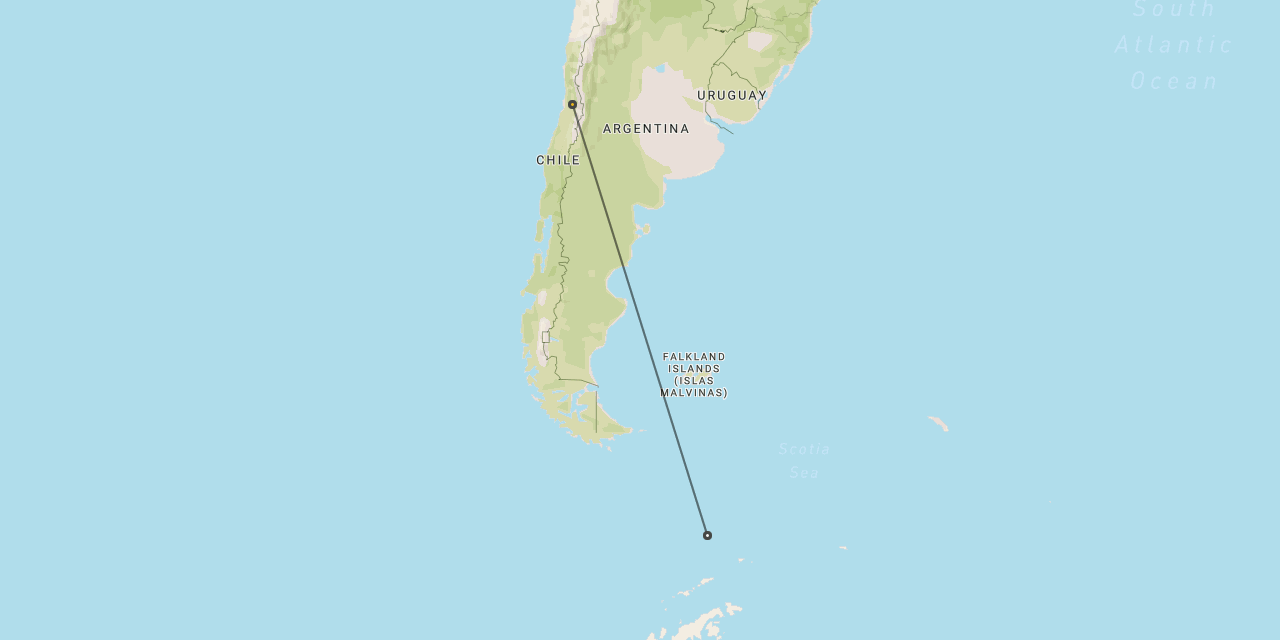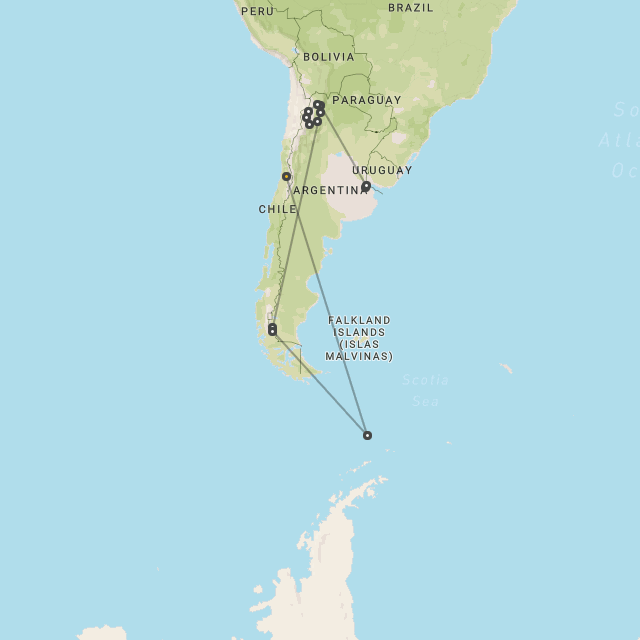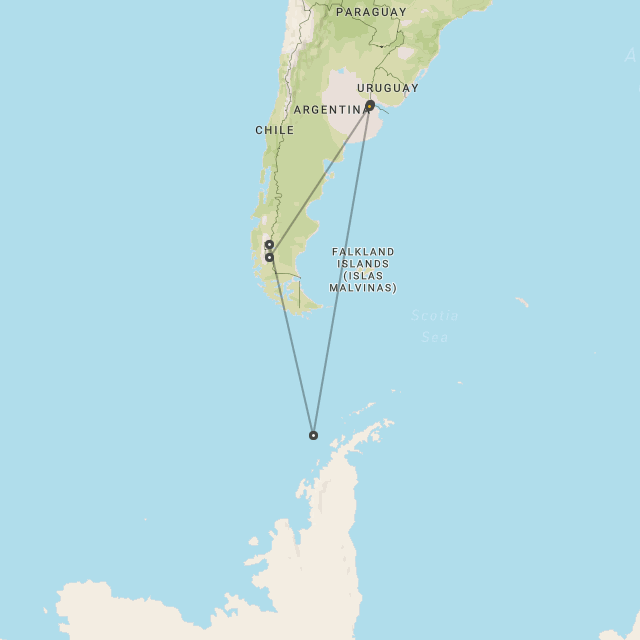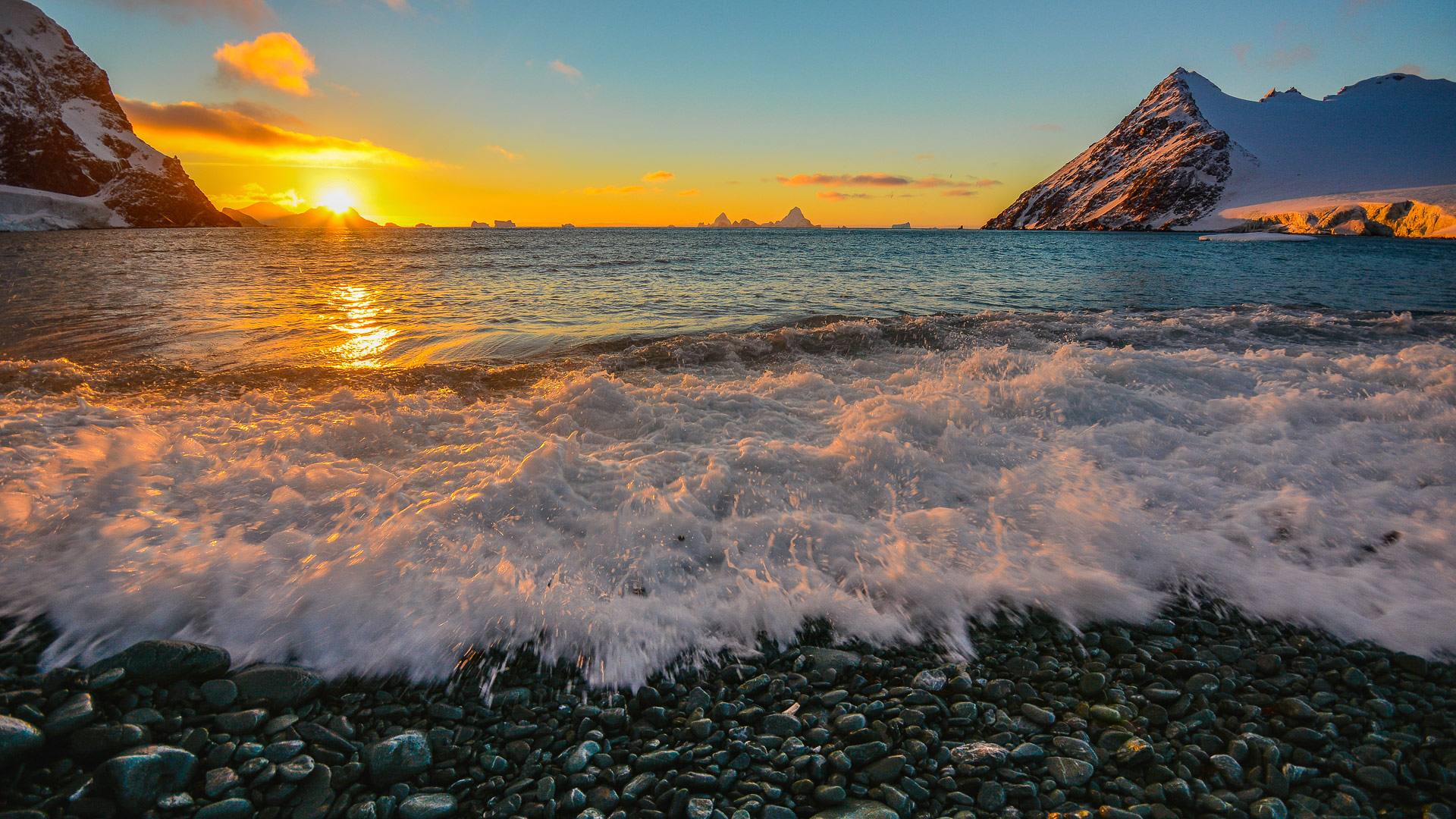
Safari to South Orkney
South Orkney
are extremely remote islands
in the South Atlantic

research stations administered from London
South Orkney is a very remote collection of islands, located 604 km (375 mi) northeast of the tip of the Antarctic Peninsula and 844 km (524 mi) southwest of South Georgia.
The islands are a British Antarctic Territory, administered from London and with a permanent presence at the Signy Research Station since 1947. Argentina also claims the territory and has operated a meteorological station at Orcadas Base on Laurie Island since 1904. Apart from personnel at the bases, there are no permanent inhabitants on the islands.
The South Orkney Islands were discovered in 1821 by two sealers, the American Nathaniel Brown Palmer and the Englishman George Powell. The islands were originally named the Powell Group, but were given their present name two years later by British explorer James Weddell.
South Orkney was first properly surveyed in 1904, by a British expedition on a ship called the Scotia (after which the surrounding sea is still named). This effort was led by William Speirs Bruce, who over-wintered on Laurie Island and who later sold his base to Argentina. The Orcadas Base (renamed in 1951) is the longest permanently staffed base in the whole of Antarctica.
The islands lie at roughly the same southerly latitude as the Orkney Islands occupy in the northern hemisphere, above Scotland.
The archipelago comprises 620 sq km (240 sq mi) and includes four main islands, of which Coronation Island is the largest, measuring about 30 miles (48 km) long and with the highest point, Mount Nivea, reaching 1266 metres (4153’). The other main islands are Powell and Signy.
The climate of the South Orkneys is generally cold, wet, and windy. The Dec-Mar summer is brief and cold with temperatures reaching only 3.5C (38.3F). The long winters drop to -44C (-47.2F) and the surrounding seas are covered in ice Apr-Nov. Around 90% of the land is under permanent ice cover.
Despite the harsh conditions, the islands do support some tundra vegetation, of mosses, lichens and algae.
Wildlife includes colonies of chinstrap and adelie penguins, as well as various seals and sea-birds.
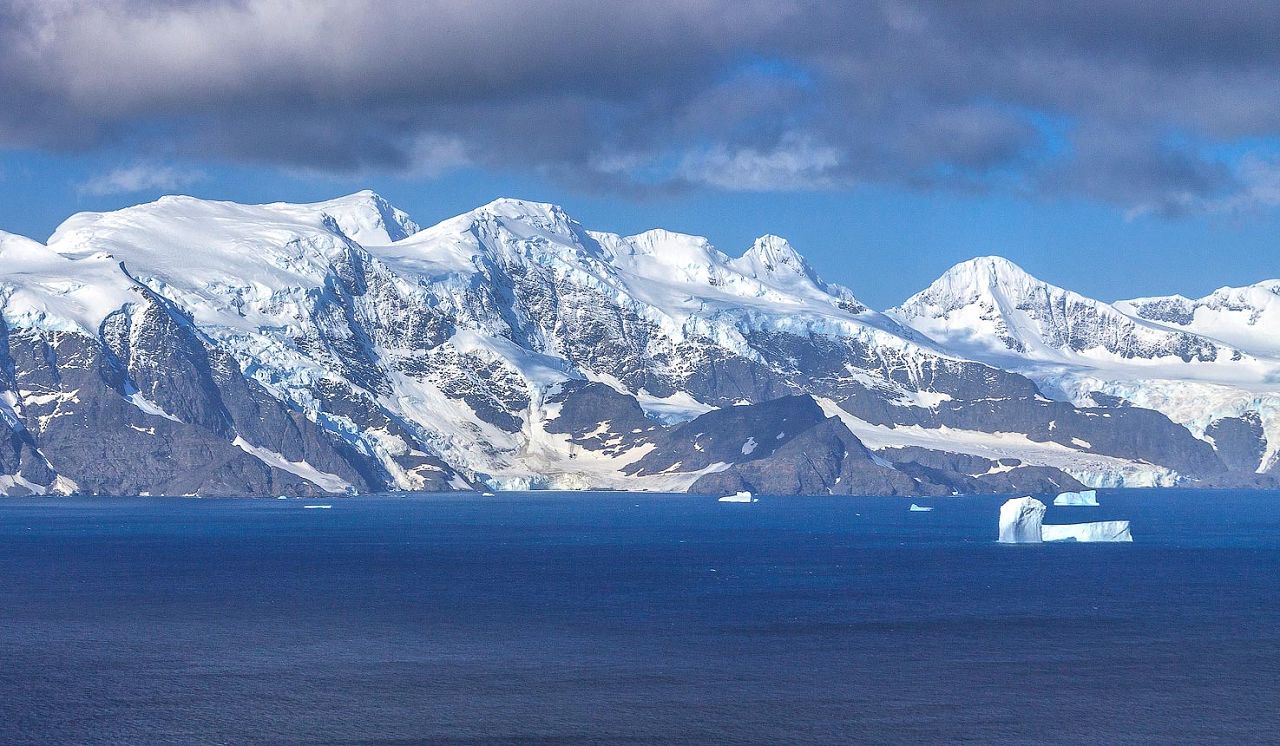
Gallery
Map
Expedition ships very rarely land on the islands of South Orkney, but may swing by the islands for a distant view, or may even moor in the lea of one of the islands when passing between the Antarctic Peninsula and South Georgia.
occasionally visited in combination with South Georgia
let us know your thoughts about Antarctica
and we will help you create the perfect trip
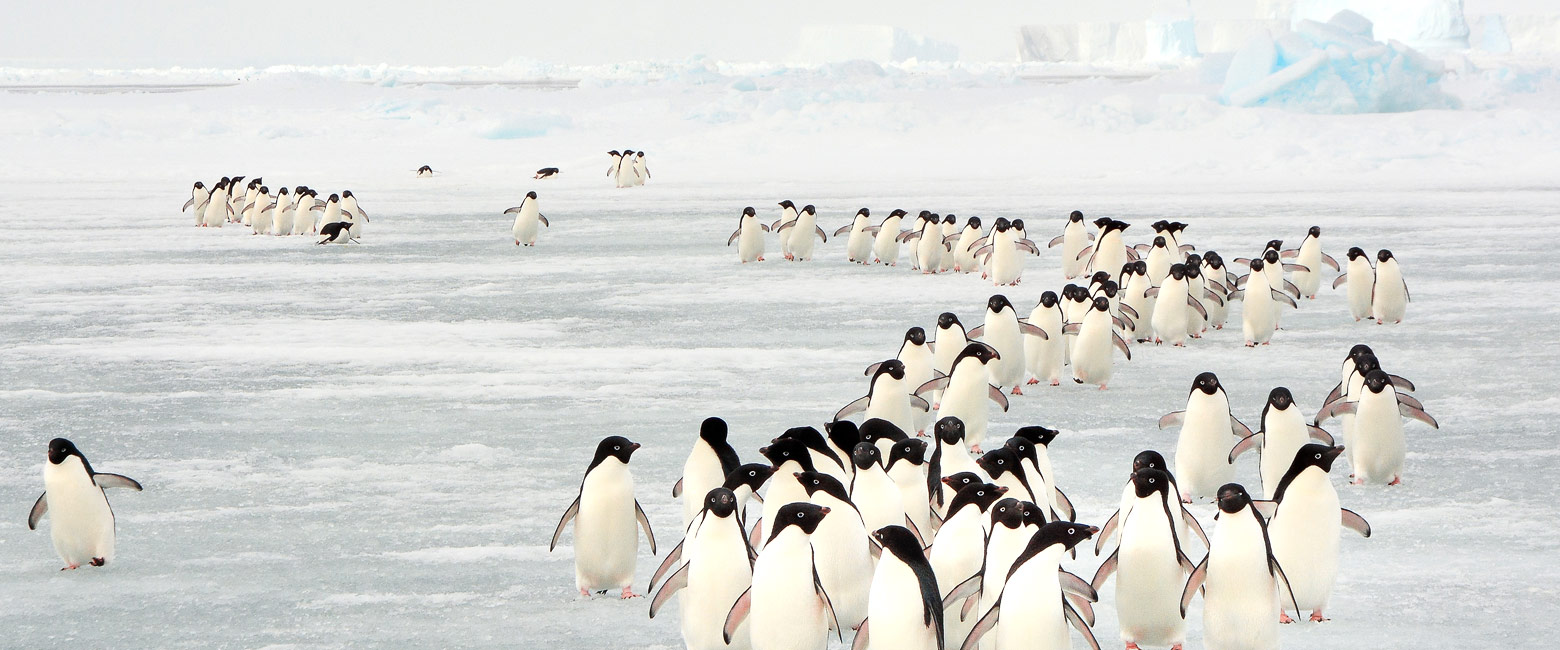
Extraordinary tailor-made adventures,
from earthy and edgy to easy and extravagant
From around USD 2500 per person, you set the ceiling
Sample Trips
Here are some of our popular trip shapes

Get started on your trip
It’s never too soon to get in touch, we are here to help with every stage of your planning.
Best Lodges
We regularly inspect and photograph all of the the best lodges, to ensure that we always recommend the most suitable options
Key Locations
Take a look around related locations. Click ‘View more’ to explore locations further afield.
Where Next?
Where Next?
We offer trips to dozens of fabulous countries.
Might one of these might be your next great adventure?

Please rotate your screen.








